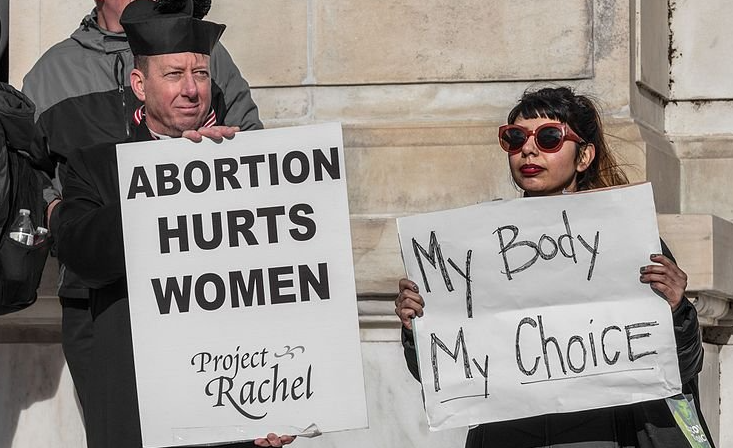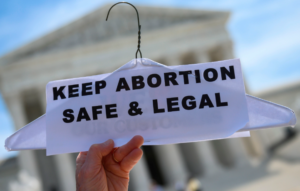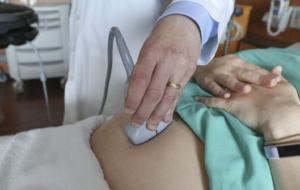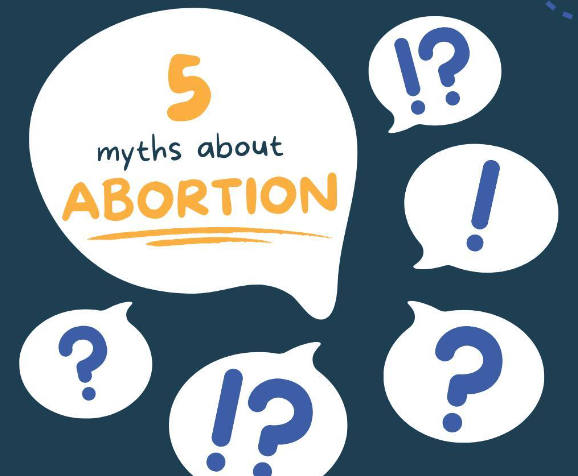The relationship between abortion and mental health has been a topic of ongoing debate and controversy. While some argue that abortion may have adverse psychological effects on women, others maintain that these claims are not supported by robust evidence. This article explores the existing research on abortion’s impact on mental health, dispels common myths, and provides a comprehensive analysis of the topic.
Abortion and Mental Health: A Complex Intersection
The decision to have an abortion can be emotionally challenging for some women. It is essential to understand that women’s experiences may vary widely, and there is no one-size-fits-all response to the emotional aftermath of abortion. Some women may feel relief and empowerment, while others might experience a range of emotions, including sadness or grief. Examining the mental health aspect of abortion requires a nuanced understanding of individual experiences and the context in which they occur.
Scientific Research and Abortion’s Impact on Mental Health
Numerous scientific studies have sought to investigate the potential link between abortion and mental health outcomes. The majority of well-designed studies indicate that having an abortion does not increase the risk of mental health problems, such as depression, anxiety, or post-traumatic stress disorder, any more than carrying an unintended pregnancy to term. These findings challenge the notion that abortion universally leads to negative psychological consequences.
Debunking Myths and Misinformation
Despite the scientific evidence, several myths and misinformation persist regarding abortion and mental health. Some opponents of abortion continue to perpetuate the idea that abortion leads to a condition called “post-abortion syndrome.” However, this term is not recognized by any major medical or psychological organization, and the concept lacks empirical support. It is essential to separate facts from falsehoods to promote an accurate understanding of abortion’s mental health implications.
The Role of Pre-existing Factors
It is crucial to consider pre-existing factors that may influence a woman’s emotional response. Women who face coercive circumstances, lack access to supportive resources or have pre-existing mental health conditions may experience heightened emotional challenges, regardless of their abortion decision. Recognizing these factors helps to contextualize the impact of abortion on emotional wellness accurately.
Access to Comprehensive Support and Counseling
For women considering abortion, access to comprehensive support and counselling is vital. Healthcare providers play a crucial role in offering non-judgmental, patient-centred care, which includes discussing emotional well-being alongside the medical aspects of the procedure. Ensuring that women have access to resources and support can help facilitate a positive emotional experience during and after the abortion process.
Mental Health Advocacy and Abortion
Promoting mental health advocacy involves understanding the complexities surrounding abortion decisions and acknowledging the diversity of women’s experiences. Addressing stigma, supporting access to reproductive healthcare, and providing resources for emotional support are essential components of emotional wellness advocacy in the context of abortion.
Societal and Cultural Factors
Societal and cultural factors also influence the perception of abortion’s impact on mental health. Stigmatization of abortion, lack of access to comprehensive reproductive healthcare, and cultural attitudes towards women’s reproductive choices can impact how women experience abortion emotionally. Recognizing these external influences can guide efforts to create a more supportive and understanding environment for women considering abortion.
Conclusion
The relationship between abortion and mental health is a multifaceted and sensitive issue. Robust scientific research has consistently shown that having an abortion does not lead to negative emotional well-being outcomes for the majority of women. Debunking myths and misinformation is crucial to providing accurate information and promoting women’s well-being. Recognizing individual experiences and addressing pre-existing factors contribute to understanding the emotional complexities surrounding abortion decisions. Access to comprehensive support and counselling is essential in ensuring positive emotional experiences for women seeking an abortion.




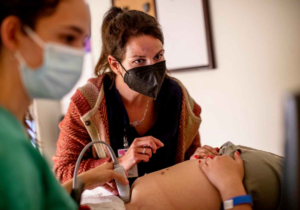


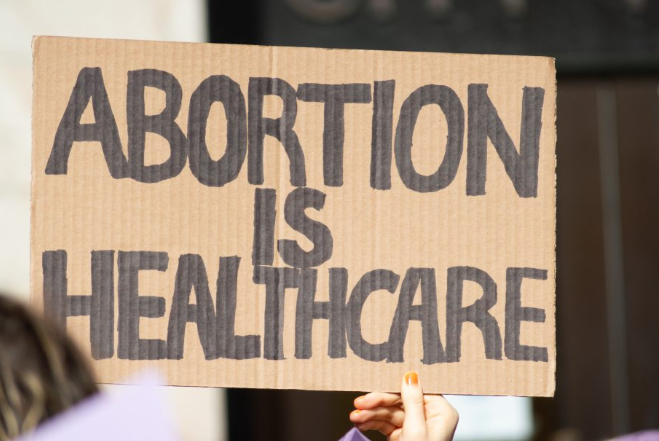


 The Realities Concerning Abortion
The Realities Concerning Abortion

